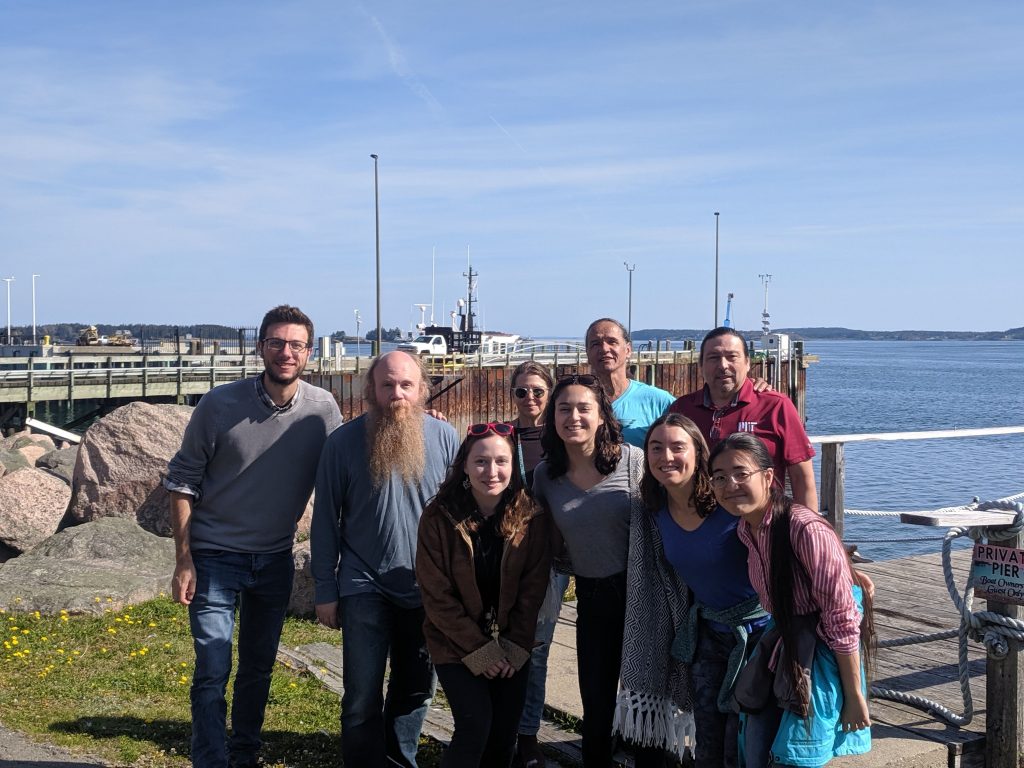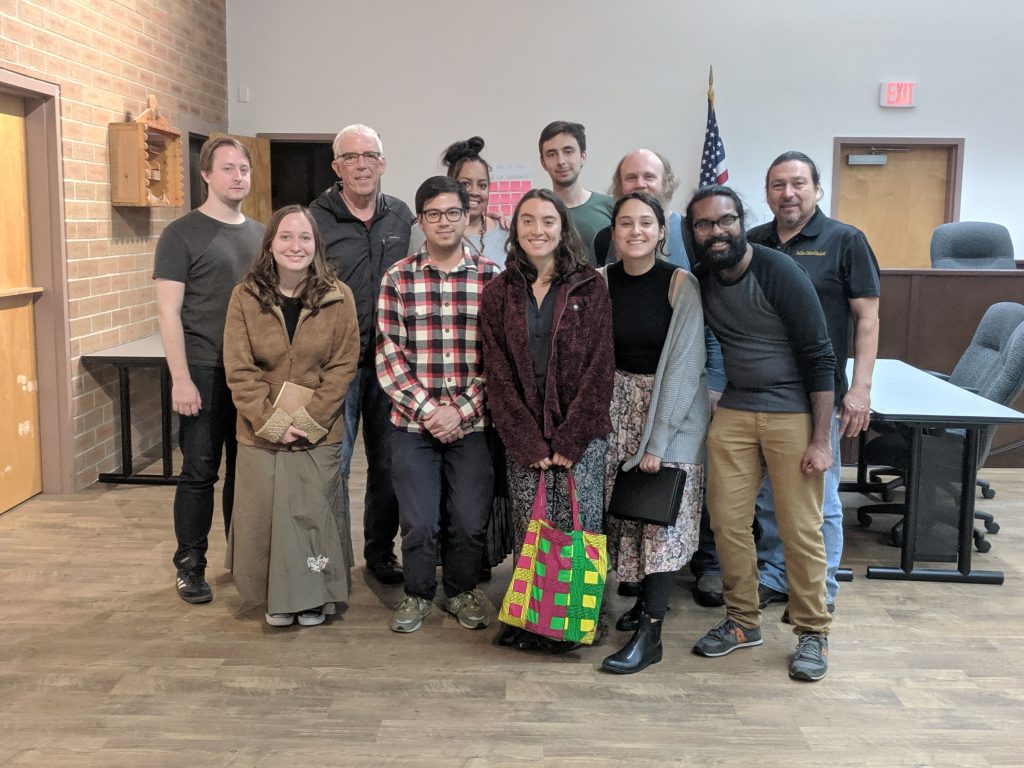Speaker: Daniel Asherov (joint work with Ezer Rasin & Roni Katzir)
Location: 32-D461
Time: Friday, October 11, 2:00-3:00pm
Title: Learning alternations from allophonic distribution
When learning a phonology of a language, the learner faces the task of discovering the language’s phonological alternations: the ways in which the shape of morphemes changes in a predictable way, usually to accommodate phonotactic requirements of the language.
For example, in the grammar of Yamato Japanese s alternates with ʃ: the (bound) morpheme /hanas/ surfaces with ʃ before i[hanaʃ-imasu ‘talk non-past-polite’] and s otherwise [hanas-u ‘talk non-past’]. This alternation serves to repair the sequence si, which is prohibited in Japanese.
Computational learners of phonology make conflicting predictions with respect to the type of evidence required for positing an alternation such as the s~ʃ alternation in Japanese.
One group of learners does not take economy into consideration (e.g. RIP/CD, Tesar & Smolensky 2000). Given a set of surface forms with the Yamato Japanese pattern, they are expected to correctly detect the prohibition on si. However, they can only learn the correct repair (s → ʃ /_i) if they are presented with direct evidence for the alternation in form of non-identical occurrences of the same morpheme (e.g. hanas-u + hanaʃ-imasu), with the information that these forms belong to the same paradigm.
Another group of learners is one where learners balance restrictiveness and economy (e.g. MDL, Rasin & Katzir 2016). Such a learner will only posit the prohibition *si when it would make the grammar and the description of the data more compact. In the case of a language like Yamato Japanese, the grammar can be made more compact by eliminating the sound ʃ from underlying representations and deriving it in the phonology. Such a learner predicts that it should be possible in principle to infer both the phonotactic prohibition (*si) and the correct repair (s → ʃ /_i) based on only Japanese-like surface forms, with no direct evidence for the alternation.
I will present an artificial language study with adult human learners which aims to test the applicability of these computational learners to human learning in a lab setting. I will start by presenting the design and results of a pilot study testing the conflicting predictions of the computational learners. We will then discuss a new design for a follow-up experiment.
References
Rasin, E., & Katzir, R. (2016). On Evaluation Metrics in Optimality Theory. Linguistic Inquiry, 47(2), 235–282.
Tesar, B., & Smolensky, P. (2000). Learnability in optimality theory. MIT Press.



